
9 minute read
HOME
The South of England (Dorset & The New Forest) Heathland: The heathland in the south of England is easily the best place to spot UK reptiles and amphibians, with the New Forest hosting all native species of reptiles.
Farne Islands, Northumbria: This island just off the coast of Seahouses in Northumberland plays host to a dizzying array of sea birds including oystercatchers, puffins and guillemots. Dolphins, minke wales and grey squirrels can also be spotted here.
Advertisement
Lundy Island, Devon: This granite outcrop was the UK’s first marine nature reserve. As well as occasional sightings of basking sharks, dolphins and porpoises, Lundy island is home to a variety of seabirds. On land, long-snouted pygmy shrews, Soay sheep and Sika deer can also be spotted.
2. National Parks of Costa Rica
Costa Rica is world famous for its biodiversity as well as its government’s progressive attitudes towards ecology and conservation. Wedged between the Pacific Ocean and the Caribbean Sea, Costa Rica has some of the most unique tropical habitats on the planet. Although this country is a major draw for ornithologists and bird watchers, Costa Rica also hosts a whole spectrum of iconic reptiles and amphibians from red-eyed tree frogs (Agalychinis callidryas) and strawberry dart frogs (Oophaga pumilio) to green basilisks (Basiliscus basiliscus).
With a ‘pacific coast’ and a ‘carribbean coast’ wildlife can vary. Luckily, being such a small country it’s very possible to experience most national parks within the space of a month and certainly try out both coastlines within just a few weeks. The weather of both coastlines also contrasts one another, with the seasons juxtaposing throughout the year. This is one of the biggest challenges for herpers, as wet seasons are typically the best for spotting reptiles and amphibians, but dry seasons are also more accessible and manageable as a tourist.
Five of the seven species of sea turtle will only nest on the pacific coast. The Palo Verde National Park sits on this coast and is characterised by its lowland forests and estuaries making it a good place to spot American crocodiles. Both the Carribbean and Pacific coasts play host to red-eyed tree frogs (Agalychinis callidryas), glass frogs (Centrolene .sp) and Fer-de-lance (Bothrops atrox) as well as the iconic sloths (Choloepus hoffmanni & Bradyparus variegata) of Costa Rica. So, experiencing as much of the country is recommended and with many organisations also offering dedicated herping tours, seeing reptiles and amphibians here could not be more straightforward.
3. Tucson, Arizona
Arizona is an excellent herping destination. There are over 125 species of amphibians and reptiles to see in Arizona. A great place to start is Tucson, the second largest city in Arizona. Not only are there regular flights and plenty of accommodation options, but the wild west is right on your doorstep. Car hire options are also available and give tourists and backpackers the opportunity to experience the area at their own pace.
Another option for more dedicated herpers is the Southwestern Research Station (SWRS) set in a stunning landscape in the Chiricahua Mountains. It offers boarding to researchers and institutions such as universities on field courses. When they have the means, they can take on independent university students and researchers, and even amateur naturalists, so long as they contribute to the upkeep of the station. Of course, the pandemic has left the station closed to applications for this for some time, but I would highly recommend this as a potential place to stay.
It can be unforgivingly hot. By midday even the reptiles will seek refuge from the sun. Temperature guns rated the ground temperature at midday, in September, at 50°C. Herping should therefore be divided in half; early mornings to catch the early basking animals and reaching specific locations in time, then returning to accommodation during the hottest hours and embarking again in the evening for long walks and drives.
Most notable of the herpetofauna are Arizona’s rattlesnakes, of the Crotalus genus. Herpers can expect to see some of the more common Western diamondback (Crotalus atrox) and Mojave rattlesnake (Crotalus scutulatus). Those that are lucky might also catch a glimpse of Crotalus molossus, Crotalus cerberus (the black rattlesnake) and even a Crotalus pricei (twin spotted rattlesnake).
A rare species we came across during the trip was a coral snake, Micruroides euryxanthus. Once ushered into a glass jar, we could all properly admire it.
I should note here that it is not recommended to get too close or to interact with venomous species; our lecturer had years of experience doing so. The most snakes we saw were during these night drives, when they are inevitably tempted by the residual infrared warmth of the road surface.
Lizards are abundant and included many species of whiptail – Aspidocelis. Spiky Sceloporus lizards come out to bask in the heat of day, retreating into crevices in the rocks. Sceloporus poinsetii are particularly striking with their black and white banding Of course, for many people, seeing a Gila monster (Heloderma suspectum) in the flesh is bound to be a major draw to Arizona, which is certainly achievable with a little luck. Some of the most iconic Arizona lizards are the horntoads or horned lizards (Phrynosoma .sp) which are extremely common and easily mistaken for pebbles.
There are also plenty of tarantulas, scorpions and even Scolopendra… a notoriously aggressive genus of centipede. To the invert enthusiast, this is great news. To anyone else, make sure you are checking boots before putting them on!
Amphibians, despite some of the harsh conditions, thrive in Arizona. Frogs and toads can be seen largely in the evening during drives, or nearer to permanent water sources. One memorable species in particular is Couch’s spadefoot, Scaphiophus couchii, whose skin secretions smell uncannily like… peanuts.
Essentials and things to consider are good, tough hiking shoes, jeans, long sleeved shirts and leg gaiters. Rattlesnakes can be hard to spot until you are within firing range. I unknowingly stepped over a large Crotalus molossus while descending a rocky slope. It opted to stay still and watch me but was certainly within striking distance of my calf. Be prepared of course for hot conditions, cacti, thorns, and biting insects.
Lastly, be mindful and respectful of not trespassing on anyone’s land – you may also need prior permission to access certain National Parks or protected areas. Expect the occasional inspection by border police, or curious law enforcement wondering why you suddenly swerved off the road and pulled over for a snake.
The Psittacus range features over 50 distinct products which are widely regarded as the best on the market.



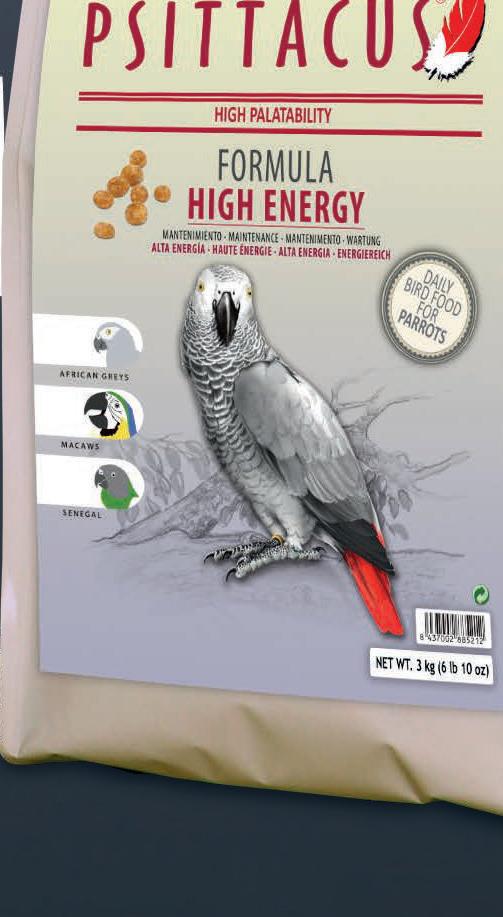
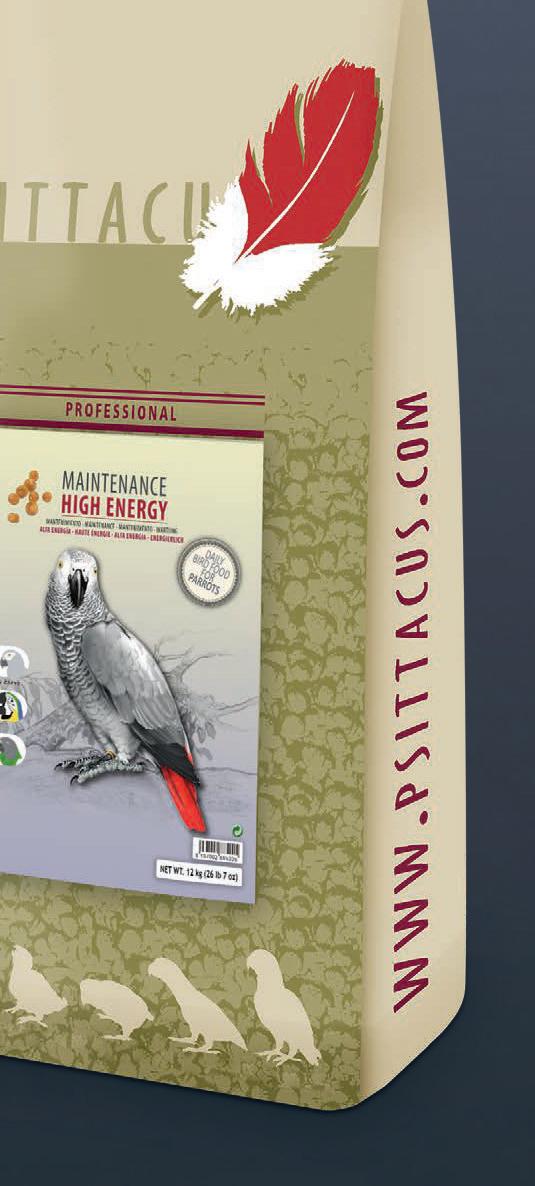
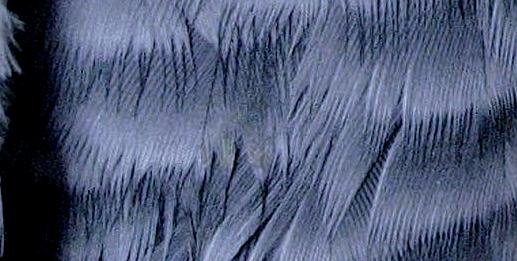
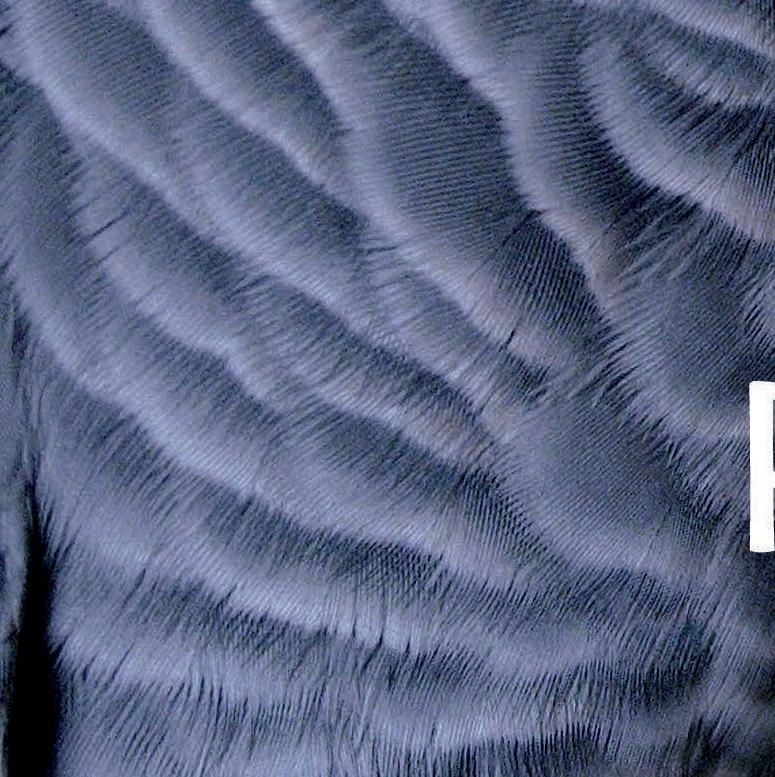
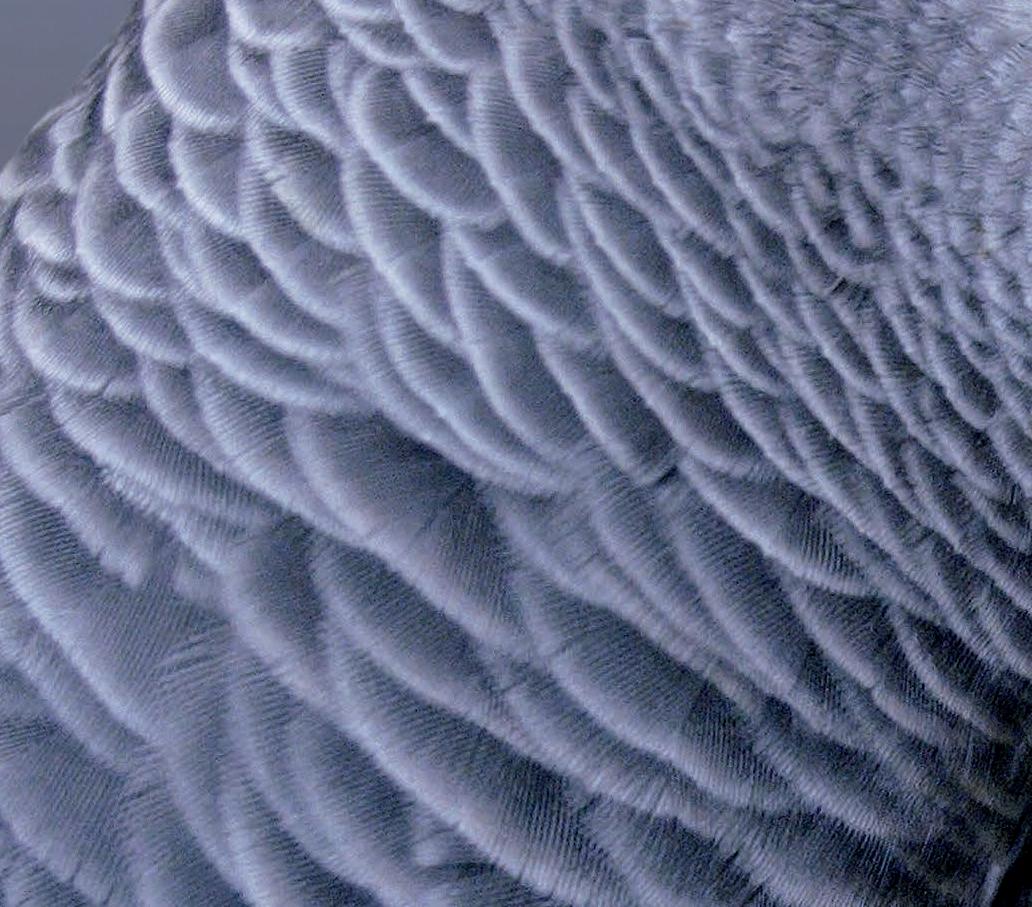
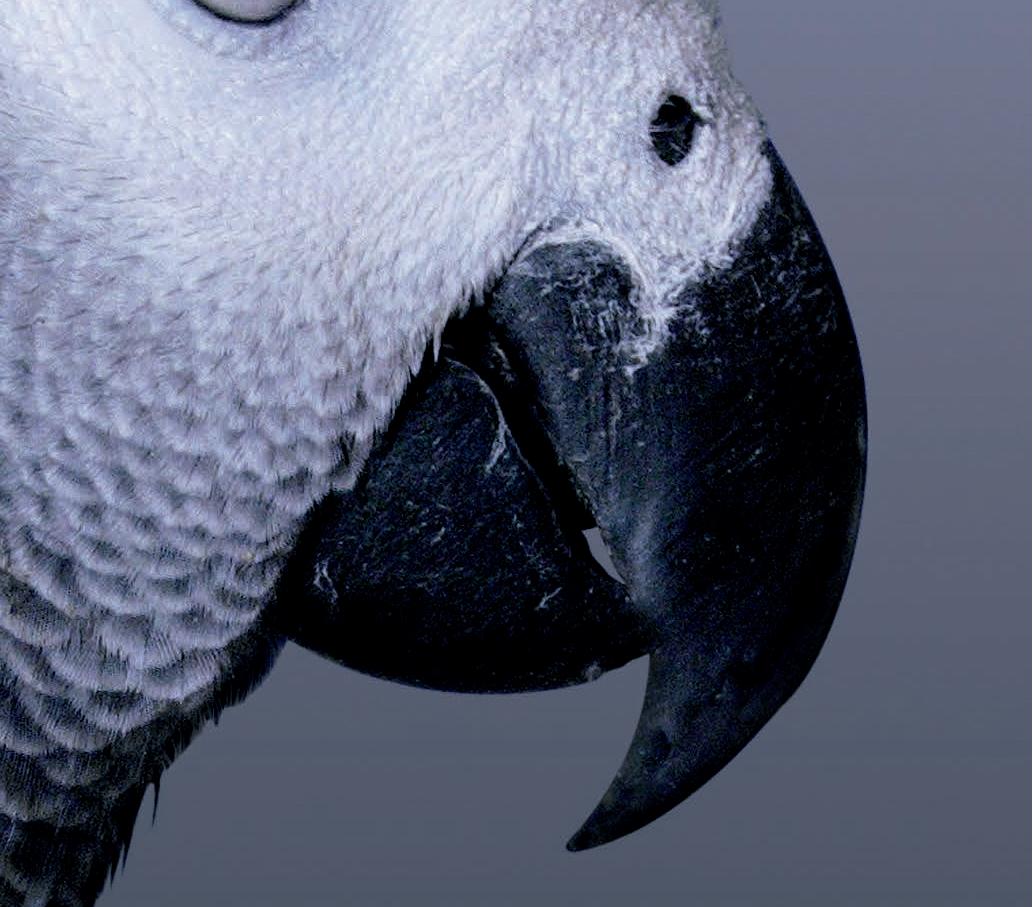
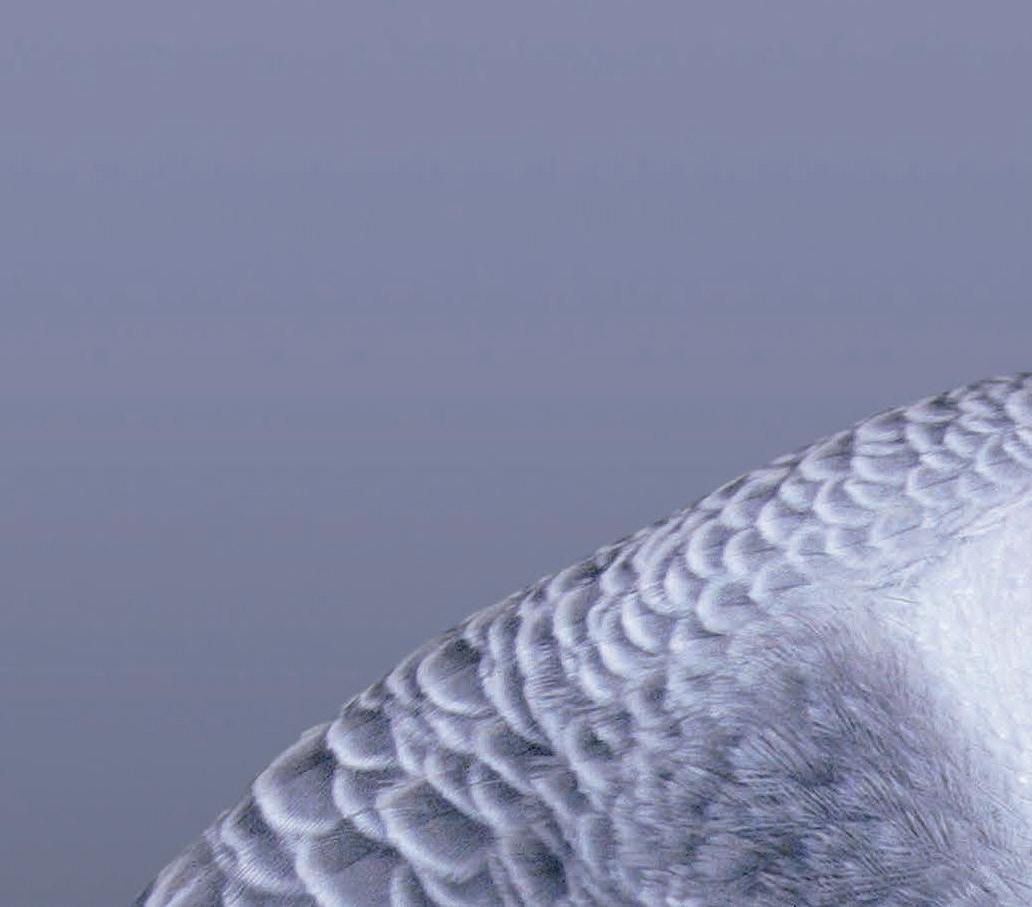
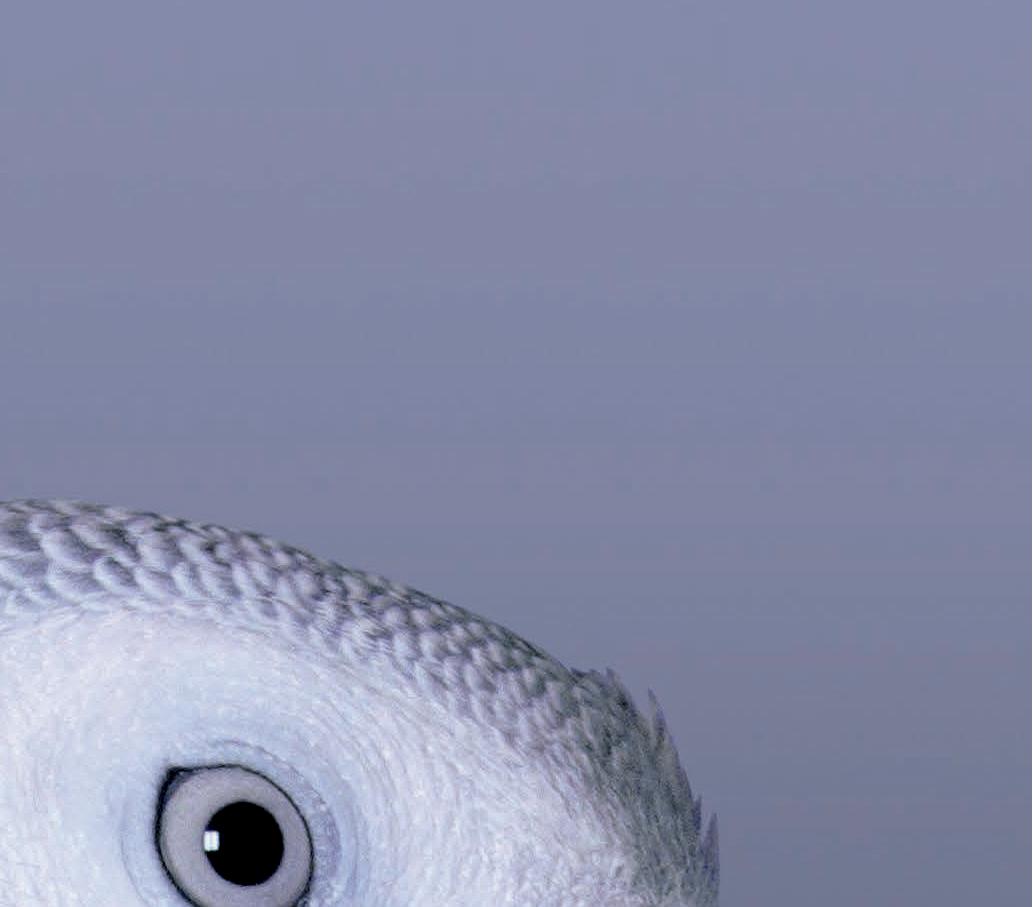
4. Northern Territory, Australia (Kakadu National Park)
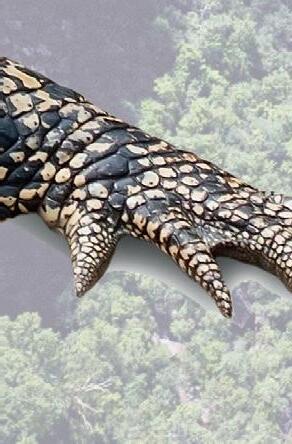
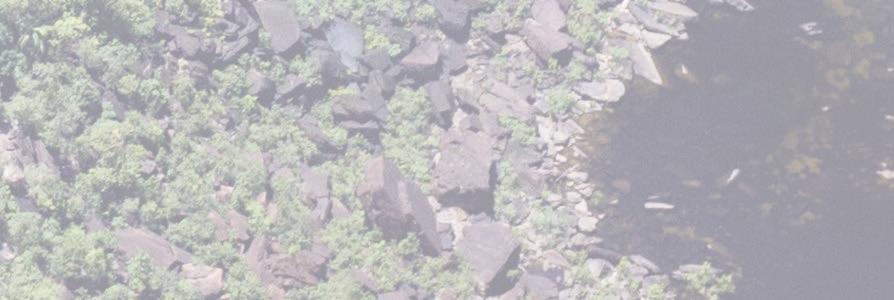
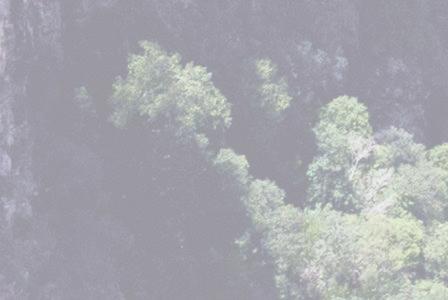
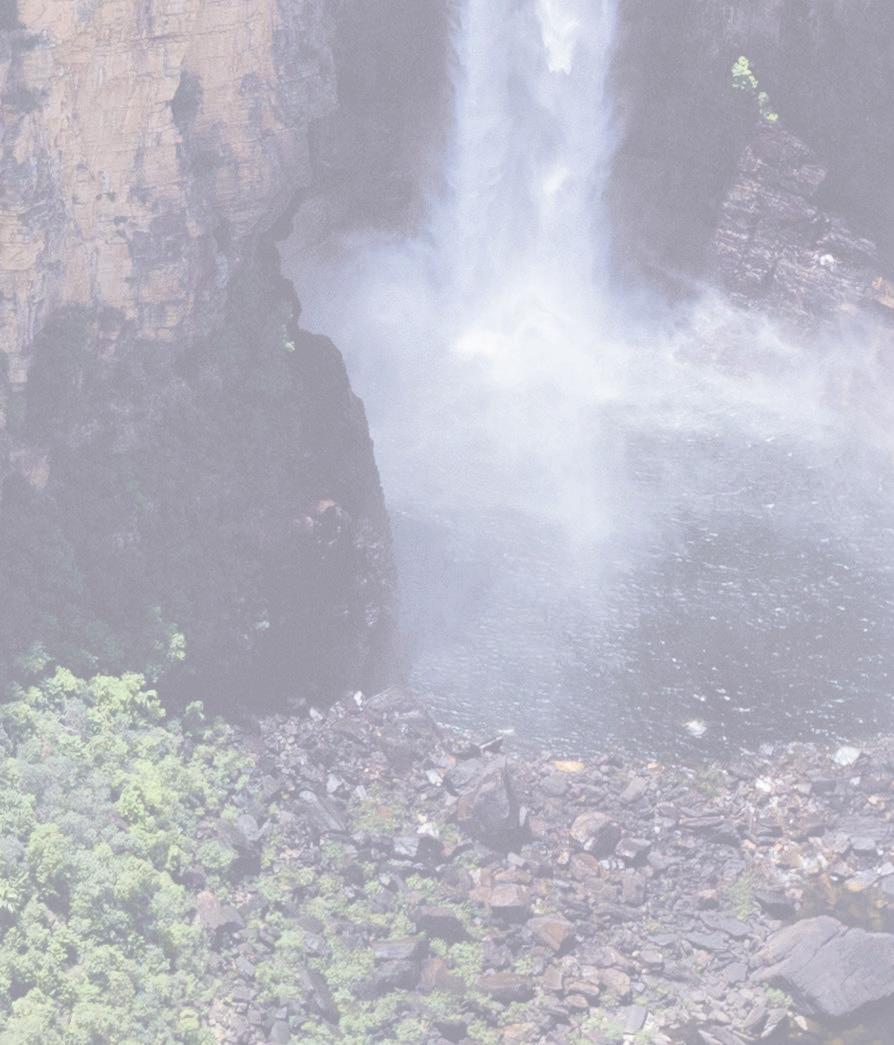
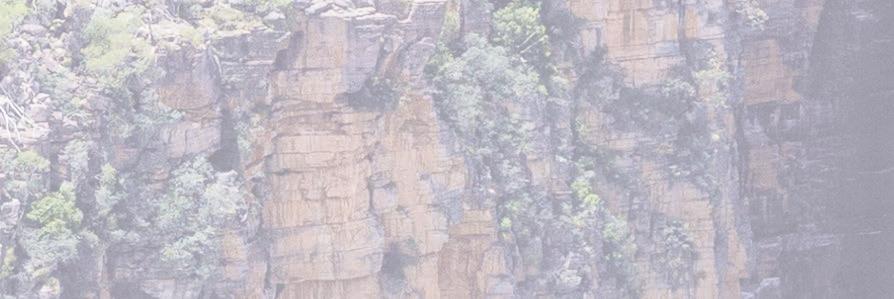

When it comes to reptiles, Australia really takes the title for top herpers holiday. The only issue is that it is so vast, it is practically impossible to see it all. Most of Australia is truly incredible for wildlife but there are pros and cons to every location. Western Australia is unspoilt and rugged, but very remote for holiday makers and healthcare. Queensland has the Daintree and great barrier reef but is comprised heavily of farmland and the further south one ventures, the less reptiles and amphibians to enjoy. Therefore, the Northern Territory and more specifically, Kakadu National Park is possibly the best place in Australia to see reptiles.
Kakadu is a whopping 20,000km2 meaning it is easily possible to spend well over a week here. Vehicles, camping and fishing equipment can be hired from Darwin and is actually quite affordable depending on choice of equipment. With multiple camp spots, creeks and waterfalls it’s certainly easy to stay entertained without the abundance of reptiles. However, with the wet season closing off many access roads, it’s always a good idea to visit the information centre each day.
There are an estimated 10,000 crocodiles in Kakadu. This is the largest concentration of saltwater crocodiles (Crocodylus porosus) in the world. Of course, freshwater crocodiles (C. johnsoni) can be spotted just as easily. Visitors are also extremely likely to spot wallabees, wallaroos and cockatoos as well.
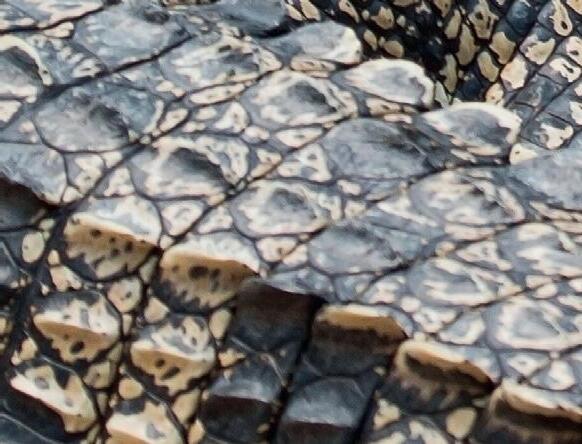
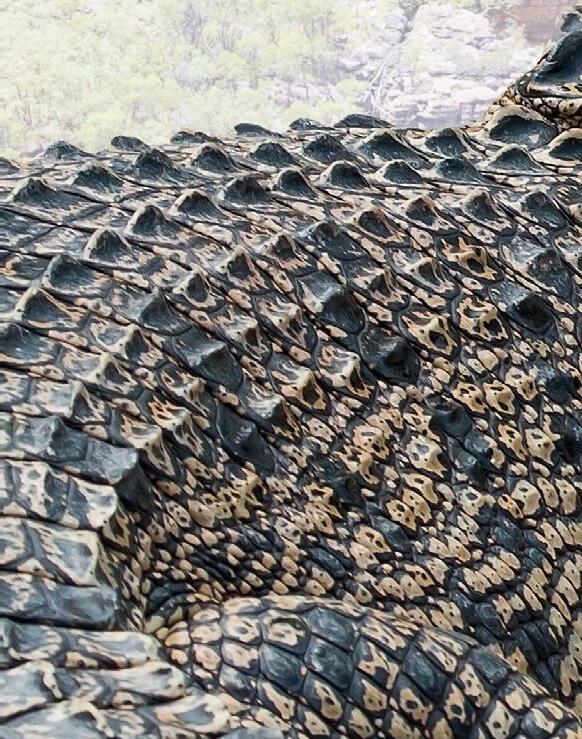
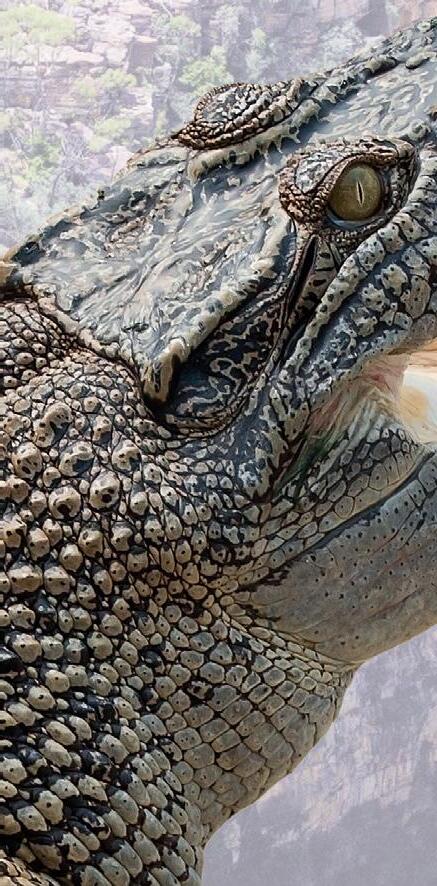
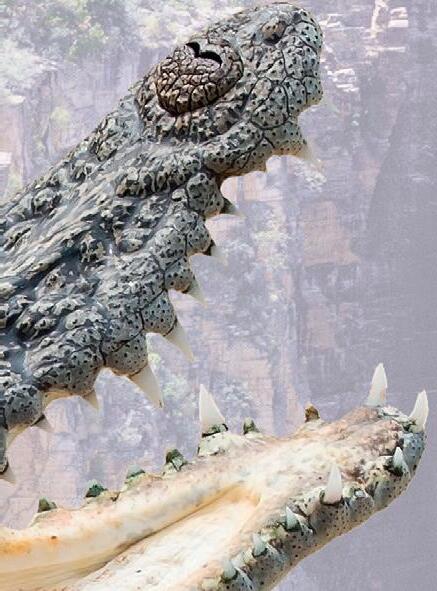
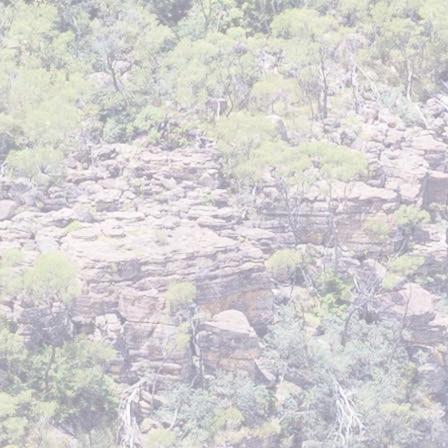
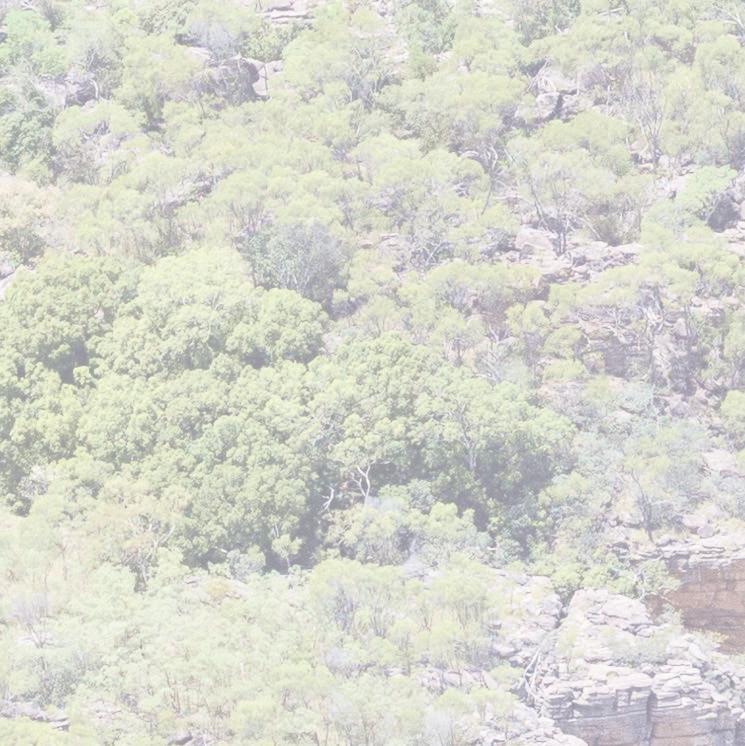
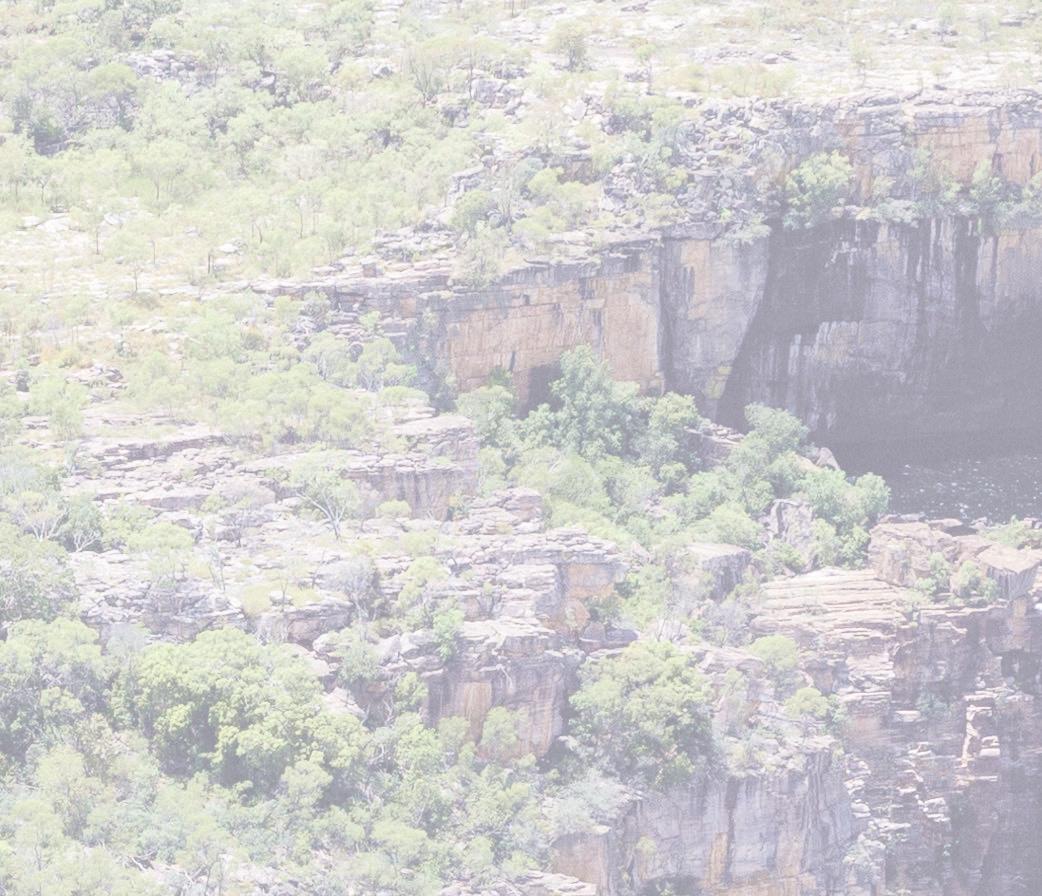
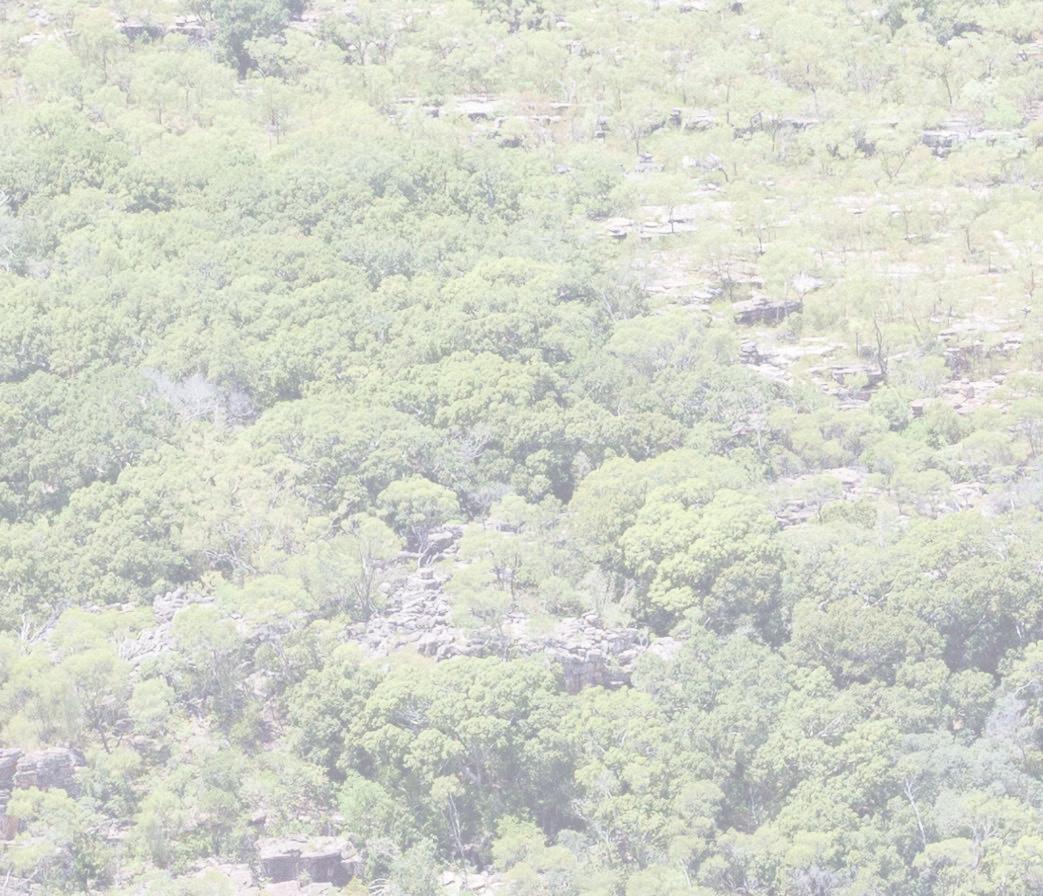
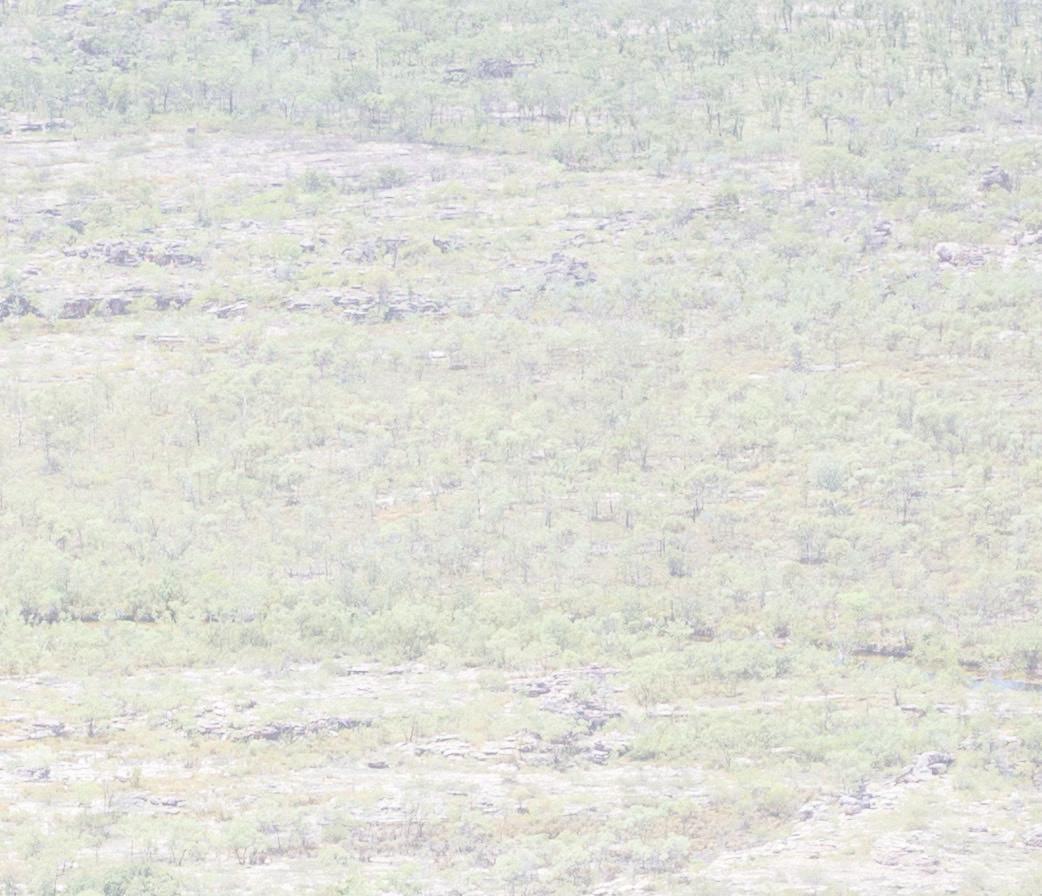
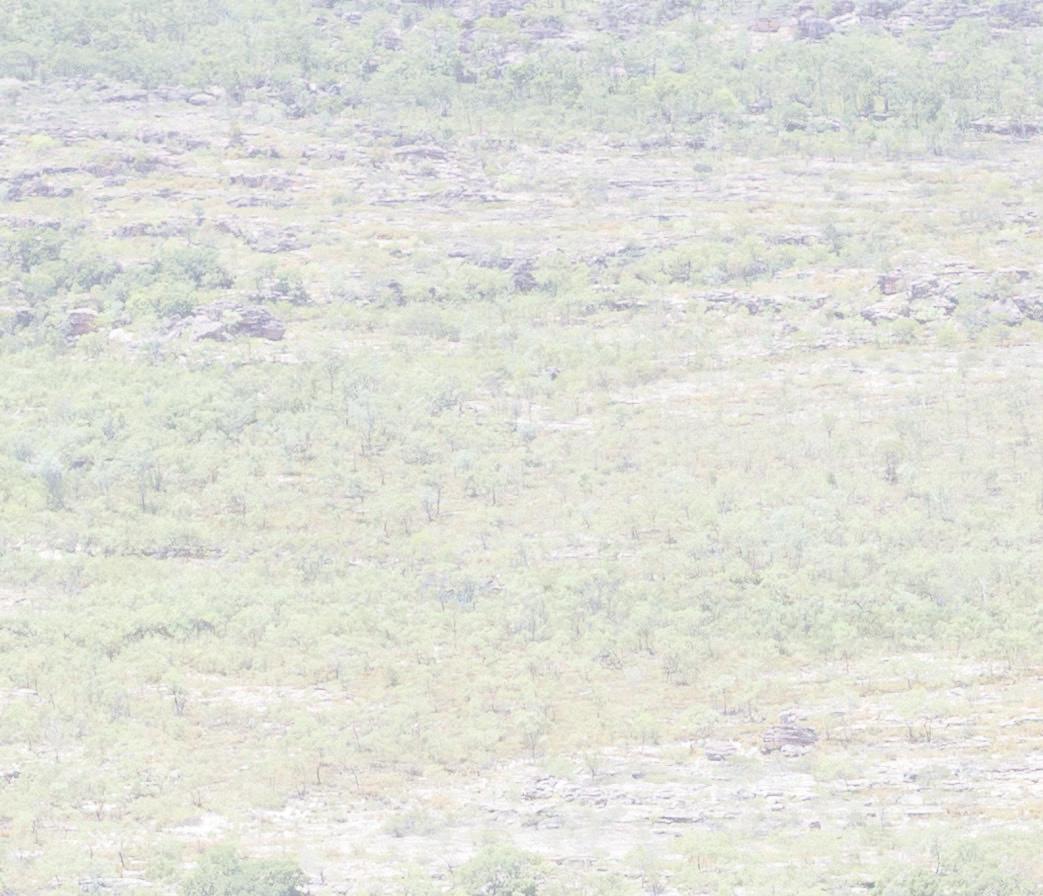
Top 5 Travel Destinations
Whilst extreme caution should be exercised whilst looking for reptiles in this part of the world, Kakadu’s (relatively) close proximity to Darwin’s medical facilities means that herping here is certainly safer than other areas in Oceania. Northern death adders (Acanthopis praelongus) and King brown snakes (Pseudechis australis) pose a risk when lifting refuge so always wear appropriate clothing. However, it’s much more likely (especially if venturing out with a headtorch at night) that visitors will spot children’s pythons (Antaresia childreni), Darwin carpet pythons (Morelia spilota variegata) and on occasion, olive pythons (Liasis olivaceus). At night, whites tree frogs (Litoria caerulia) (‘green’ tree frogs to Australians) are also very common, whilst seasonal rains can also encourage spadefoot toads (Notaden nichollsi) and various other dormant amphibians to become active.
Of course, Kakadu is not the only place of herpetological importance in the Northern Territory. Darwin, Lichfield, Kakadu and Arnhem Land
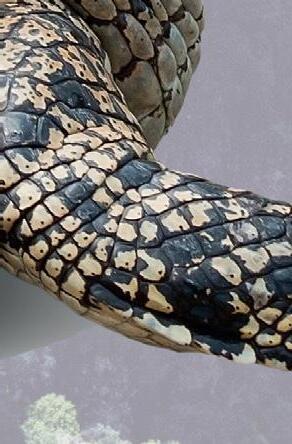
(referred to as ‘the top end’) may be a distinctly unique tropical environment, but further south is the red centre. While Uluru is a major draw for tourists across the world, the surrounding areas are perfect for spotting thorny devils (Moloch horridus) and woma pythons (Aspadites ramsayi). The conditions here are harsh and, on the surface, it appears that only a few agamids and the occasional sand monitor or Goulds goanna (Varanus gouldii) can survive. However, dedicated herpers can find some of the most unique and isolated reptiles on the planet in the gorges and dunes surrounding Alice Springs and Uluru Kata-Tjuta.
Western Ghats, India
The Western Ghats are a mountain range stretching 160,000kms. Therefore, identifying a specific location, is best done through the advice of researchers and reliable eco-tour stations. Possibly taking top-spot if it were being judged on fauna alone, this area unfortunately requires much more planning than other ‘backpacker’ locations. The Western Ghats in India are not easily accessible and with limited medical resources as well as some potentially hazardous reptiles, joining a survey team or a dedicated eco-tour is recommended. However, India is a huge country with a great backpacker infrastructure, meaning those looking to go on an eco-tour can find themselves extending their trip into one of the most affordable, adventurous and breathtaking travel experiences possible.
Surveys and ecotours run frequently in the Western Ghats. Early monsoon (around May) is the best time to see reptiles and amphibians here, but also present challenges for those looking to extend their stay from Bangalore. Domestic flights from Bangalore or Mumbai can place you directly in the mountain range, with many tours leaving from Kochi. However, a dedicated herping tour is likely to prove much more fruitful than one of the hundreds of ‘experience’ tours designed solely for sightseers.
Around 230 species of reptiles from 30 different families can be found in the Western Ghats. 107 of these are endemic to the Western Ghats ranges and a further 50 are endemic to Peninsular India. In fact, dozens of brand-new species have been identified here within just the last few years. With such an incredible biodiversity found no where else in the world, travelling to this remote area is a treat for researchers and wildlife watchers alike. In fact, the biodiversity of the Western Ghats rivals that of the Amazon Basin, making it a hotspot for ecotourists across the world.
The biggest reptilian draw to this location is the dizzying array of pit vipers found throughout the ranges. The Malabar pit viper (Trimeresurus malabricus) is a highly venomous but equally stunning species found throughout the Western Ghats and nowhere else in the world. Other species include the bamboo (T. erythrurus) and humpnosed (Hypnale hypnale) pit vipers. King cobras (Ophiophagus hannah) and spectacled cobras (Naja naja) can also be Agumbe and Kerala rainforest.
As well as reptiles and amphibians, the Western Ghats are rich in bird life. With more dedicated bird watching tours, this slow-paced approach to taking in the local fauna can be a great way to see a range of small vertebrates. Bird life includes the Malabar grey hornbill ( Ocycerus griseus ), flycatchers, junglefowl and some incredible different birds of prey.
Other notable destinations
There are plenty of locations across the planet that are rich in herpetofauna. In fact, many of which hold more diversity than the locations within this list. However, they pose a significant challenge to the solo backpacker. With tours often being some of the worst ways to encounter wildlife, a good tourism infrastructure, combined with easily accessible national parks generally makes for some of the best herping experiences.
For example, Madagascar hosts some of the most incredible reptile life on the planet. However, being a developing country, accessing particular areas can prove a challenge. Floods will regularly block off roads, public transport is unreliable and even getting to the country in the first place demands multiple stopovers. In this instance, enjoying the reptile life here as part of a wider organisation or research group is usually the most effective way of seeing reptiles. A rewarding experience, nonetheless, it is still unsuitable for the solo backpacker.
Locations across the Amazon will also flood making much of the tourist friendly areas of the Basin almost entirely regulated by tours and ecolodges. Even though tours can be extremely interesting to the broader wildlife enthusiast, rarely do the guides take time to search every nook and cranny required to find thumbnail-sized dart frogs or tiny anole lizards. Instead, it is more likely that you will visit salt licks, roosting bats, treetop canopies, etc with more reliable results. Great for the novice, not so great for the niche reptile lover.
As restrictions on lockdown begin to be lifted and more avenues to travel become viable, ensuring we travel safely and responsible is key to making the most of our time abroad. Whether you are looking for a relaxing get away or a gruelling sense of adventure, there will almost always be excellent wildlife to observe, record and photograph. Whether this is for personal enjoyment, scientific research or career development, making the most of our time in exotic countries can extend well beyond the bar and pool.
For more backpackers guides to herping check out: www.worldwidewildlifewatch.wordpress.com








